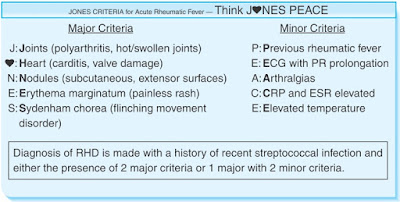Mechanism of hemodynamic instability in case of Pulmonary Embolism.
Patients with hypotension and shock without other cause are considered to have massive Pulmonary Embolism (PE).
When obstruction occurs by embolism, the RV experiences an acute rise in pressure and volume, causing shift of the interventricular septum toward the left ventricle. In addition, as RV output decreases,
the left ventricular preload also falls. This combination of septal shift and decreased RV output can ultimately lead to decreased cardiac output, shock, and hemodynamic collapse.
Read also:



